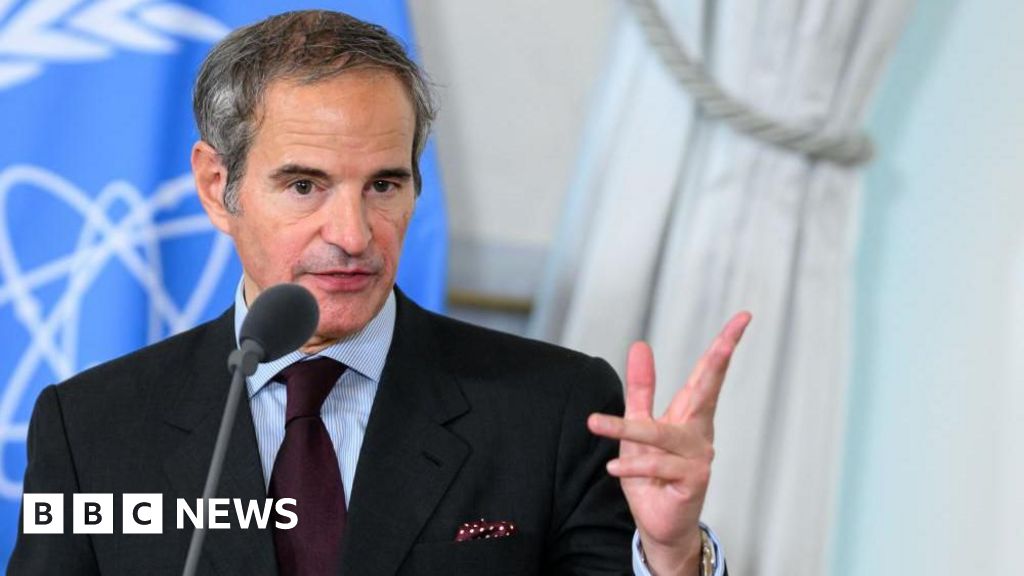Imagine a world in which free-floating electric vehicles charge wirelessly as they glide down highways, laptops are hundreds of times more powerful, and clean energy flows in limitless supply.
Such a future, experts say, hinges on the development of new superconductors, or materials capable of transmitting electricity with near-perfect efficiency. The problem? All known superconductors—from pure elements like lead, tin, and aluminum to exotic compounds like niobium–titanium—must be subjected to extreme cold or pressure to function, making them impractical for widespread use. More problematic still, scientists don’t fully understand how these materials work, making it difficult to engineer better versions.
Superconductors have already made their way into MRI machines, particle accelerators, and electromagnetic levitating trains, but they are extraordinarily expensive and finicky. The real game changer, experts say, will be figuring out how to custom-design superconductors that are cheaper and more versatile.
Now a multidisciplinary team of Columbia researchers led by physicist Cory R. Dean is bringing the scientific community closer to that goal. In a recent study in Nature, the scientists demonstrated that a compound called tungsten diselenide, which has a crystalline structure, can be made to exhibit superconductivity when sliced into sheets just one or two atoms thick and then manipulated in precise ways.
The discovery marks one of the first times that scientists have induced superconductivity in a material by modifying its structure at the nanoscale, thus offering new clues about how to create the next generation of superconductors.
Dean and his colleagues, who include fellow Columbia physicists Andrew Millis and Abhay Pasupathy, along with mechanical engineer Jim Hone and materials scientist Katayun Barmak, have been experimenting with tungsten diselenide since 2020. Their interest was sparked by a previous discovery by MIT physicist and former Columbia research fellow Pablo Jarillo-Herrera, who found that graphene—a novel material that consists of a single layer of carbon atoms—becomes superconductive when stacked and twisted at particular angles.
Inspired by Jarillo-Herrera’s finding, Dean and his colleagues set out to see if a similar approach could work for other ultra-thin, so-called “two-dimensional” materials.
“An important question was whether superconductivity arises from the unique properties of graphene or rather could be induced by twisting any combination of two-dimensional materials,” says Dean.
The Columbia researchers, after wrestling with tungsten diselenide for years, recently found a winning formula: Place two sheets next to each other, rotate one of them five degrees, and cool them to -272.7°C, or about half a degree above absolute zero. When the researchers finally applied a charge, electrons surged through the material at lightning speed—orders of magnitude faster than they’d move through ordinary metals.
The discovery of superconductivity in tungsten diselenide, like that in graphene before it, is just one step toward the larger goal of designing more versatile superconductors. Both of these exotic materials must still be cooled to extraordinarily low temperatures before electricity will flow unimpeded through them, meaning that they are not yet viable alternatives to superconductors currently found in medical-imaging equipment and a handful of other advanced technologies.
But Dean’s breakthrough is regarded as one of the most significant advances in materials science in years, providing crucial new insights into the mechanism of superconductivity and fueling optimism that scientists might one day engineer superconductors that can operate under more practical conditions.
“To develop a superconductor that works at room temperature is really the dream,” says Dean, adding that such a material would revolutionize nearly all industries that rely on electronics, from computing and medicine to power generation and transportation.
“Our discovery could very well be the key that makes this dream a reality.”
More information:
Yinjie Guo et al, Superconductivity in 5.0° twisted bilayer WSe2, Nature (2025). DOI: 10.1038/s41586-024-08381-1
Citation:
Scientists edge closer to affordable superconductors: Novel materials could eventually power electric vehicles and more (2025, May 5)
retrieved 5 May 2025
from
This document is subject to copyright. Apart from any fair dealing for the purpose of private study or research, no
part may be reproduced without the written permission. The content is provided for information purposes only.


















